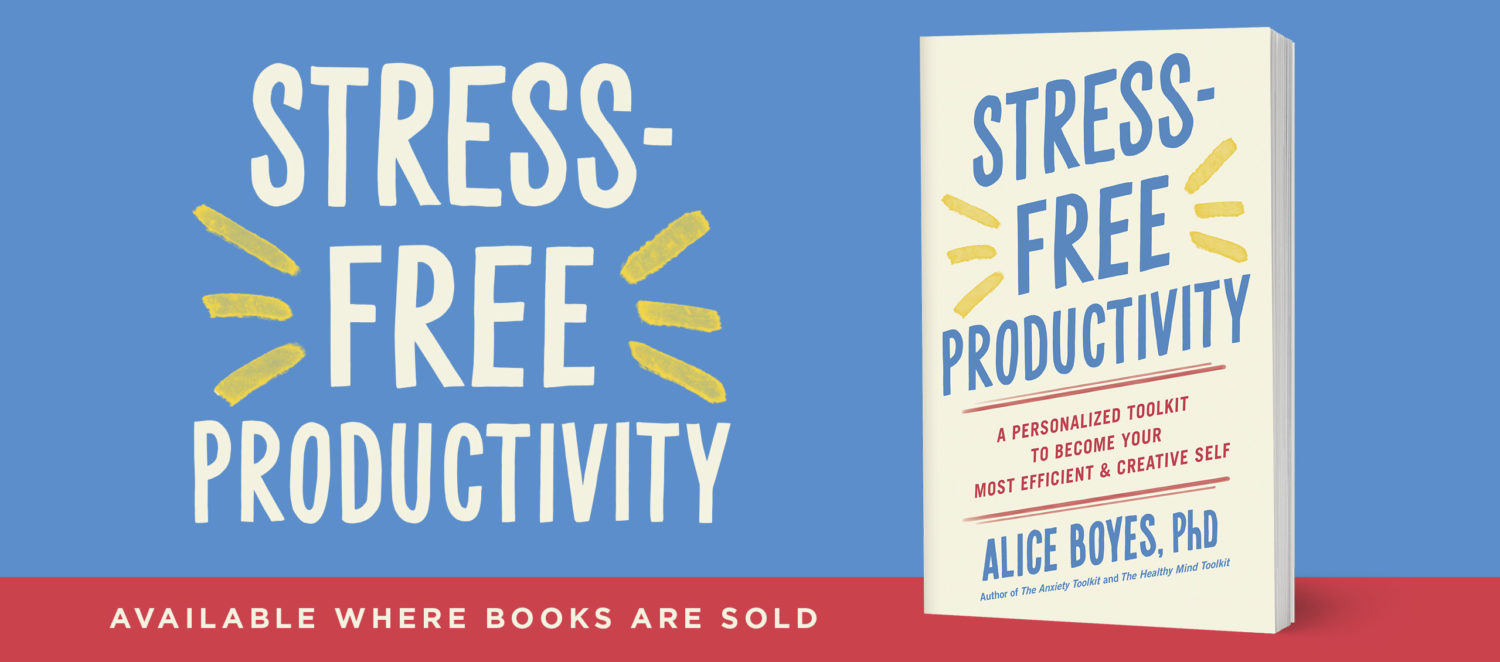Study Shows One Session Cognitive Behavioural Therapy Intervention Effective in Doubling Exercise Time
This is a very practical post about how to increase the amount you exercise. This Cognitive Behavioural Therapy technique is easy to implement. It will take less than an hour but the positive effects are likely to last for months.
Dr Gertraud Stadler, from the Psychology Department at Columbia University, and colleagues did a study in which people had a single session of Cognitive Behavioural Therapy aimed at helping them increase the amount of time they exercised. In their study, the intervention I’m going to describe was done with the help of a therapist but the technique is very simple so I don’t see any reason people can’t do this themselves.
The results of the study showed that people who used this technique exercised twice as much compared to a comparison group who didn’t go through the procedure. Effects were lasting. The differences between the comparison group and the group who did the procedure were evident straight after the procedure and remained 4 months later.
Three easy steps
Step 1: Spend a short amount of time reading or watching something about the benefits of exercise. This is mainly to prime your thinking about the benefits. You don’t need to spend a lot of time doing this part, less than half an hour should be ample.
Step 2: Answer the following three questions. Write your answers down. These questions are taken exactly from the study which was published earlier this year in the American Journal of Preventive Medicine.
“1) Your most important current wish regarding physical activity (e.g., biking to work)”
“(2) the most positive outcome of realizing your wish (e.g., getting into better shape) and events and experiences you associate with this positive outcome” and
“(3) the most critical obstacle (e.g., getting up too late) together with events and experiences you associated with this obstacle”
Step 3: This step is really important. It’s about developing what psychology PhDs call “implementation intentions.” Doing this part will make you far more likely to follow through.
Answer these questions. Again writing down your answers.
“(1) When and where does the obstacle occur, and what can I do to overcome or circumvent the obstacle?”
“(2) When and where is an opportunity to prevent the obstacle from occurring, and what can I do to prevent it from occurring?” and
“(3) When and where is a good opportunity for me to act on my wish, and what would this action be?”
In the study, people repeated the technique 4 times within the single session: twice for a longer-term wish for the coming weeks and twice for a short-term wish for the next 24 hours.
That’s it!
—
To give appropriate credit, I first heard about this study by reading a very small snippet about it in Mindfood magazine, and then I looked up the study to find out the details. (If you’re a Mindfood reader, you’ll find an article I wrote for Mindfood in the July edition that’s out next week).


